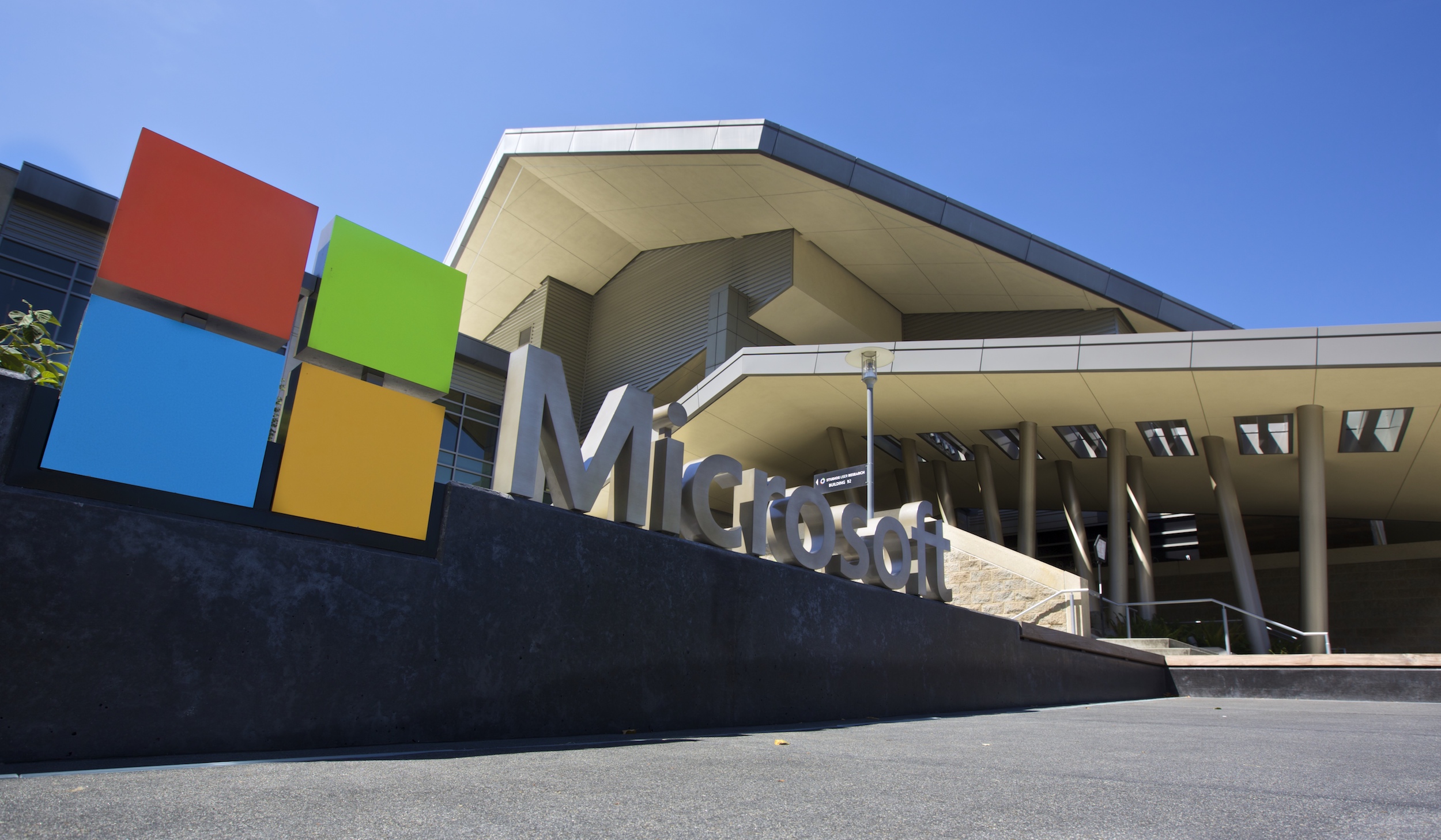Microsoft to FCC: Don't Let Broadcasters Retain Adjacent Channel

While Microsoft and broadcasters have come to some meeting of the minds on use of the so-called "white spaces" between TV channels for unlicensed broadband use, the computer company remains opposed to broadcasters retaining the first channel adjacent to a TV station's channel as a buffer between stations and unlicensed users, something broadcasters say they need to protect against interference, certainly in the near term.
The FCC already allows such use, but Microsoft wants the FCC to tweak its rules to allow for expanded white spaces, arguing in part that new broadcast transmission technology (ATSC 3.0) will allow for more "robust" receivers.
In a July 29 meeting between Microsoft execs and aids to commissioners Brendan Carr and Michael O'Rielly, in response to a question from Carr policy adviser Even Schwartzrauber, Microsoft attorney Paul Margie "reiterated" the company's "opposition to allowing television broadcasters to use a second channel for ATSC 3.0 operations.
Broadcasters are not only repacking into smaller spectrum quarters, but are also transitioning to that next-gen transmission standard. They want to make sure there is still enough spectrum to accommodate stations that might need an extra channel to continue to deliver current signals as well as the new ones, since ATSC 3.0 is not compatible with current TV sets and there is not government subsidy for new sets or converters, as there was with the transition to digital back in 2009.
While Microsoft and NAB have come to an agreement on four of the five proposals in Microsoft's plan to expand its Airband service, which uses white spaces to deliver broadband to rural areas, NAB has told the FCC it strongly opposes that Microsoft's fifth proposal be included in the changes. That is to authorize higher power operations on the first-adjacent channel to broadcasters licensed service. That is one proposal NAB does not want the FCC considering yet, much less adopting, at least not until there is a new generation of receivers, which is years down the line.
In an interview with C-SPAN, National Association of Broadcasters president Gordon Smith said broadcasters were now in a good place with Microsoft on white spaces after what he said was the computer company's launch of a PR campaign before it had a legislative policy campaign. But that does not include giving up that buffer channel, which NAB continues to signal is too close for comfort.
Smith said that Microsoft's campaign was branded as rolling out broadband in rural areas. "There is no shortage of spectrum in rural areas," he said, so if they want to do that, fine. He said what the computer company really wants is the spectrum in urban areas so they can monetize it. So Smith said NAB just wants them to call it what it is and focus on the science of spectrum and figure out, with broadcasters, how they can be accommodated without interfering with TV stations.
Broadcasting & Cable Newsletter
The smarter way to stay on top of broadcasting and cable industry. Sign up below
FCC chair Ajit Pai has suggested that the FCC is awaiting consensus among broadcasters and Microsoft before moving ahead with a proposal on freeing up the "white spaces" between and around post-incentive auction repacked TV channels, though he is eager to do anything that advances the goal of closing the rural broadband divide.
The FCC is permitting the use of white space devices (notably computers), both fixed and mobile, in unused channels, ch. 37, guard bands between broadcast and wireless spectrum and between uplink and downlink spectrum in the 600 MHz band--which they are sharing after the incentive auction.
It is part of the FCC's focus on freeing up more spectrum for advanced wireless and closing the rural digital divide, which computer companies argue "white spaces" play a key role.
Contributing editor John Eggerton has been an editor and/or writer on media regulation, legislation and policy for over four decades, including covering the FCC, FTC, Congress, the major media trade associations, and the federal courts. In addition to Multichannel News and Broadcasting + Cable, his work has appeared in Radio World, TV Technology, TV Fax, This Week in Consumer Electronics, Variety and the Encyclopedia Britannica.

